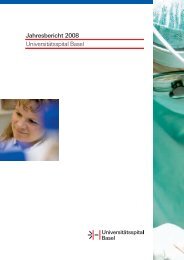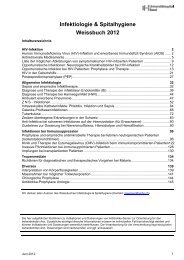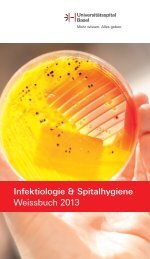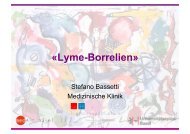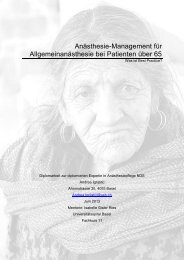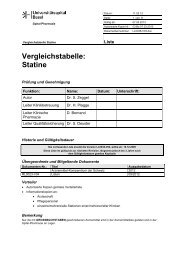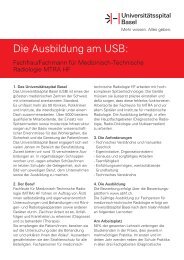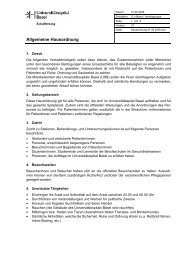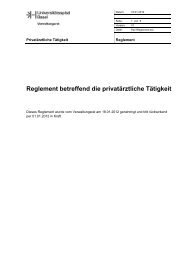Transmucosal Nasal Drug Delivery: Systemic Bioavailability of ...
Transmucosal Nasal Drug Delivery: Systemic Bioavailability of ...
Transmucosal Nasal Drug Delivery: Systemic Bioavailability of ...
You also want an ePaper? Increase the reach of your titles
YUMPU automatically turns print PDFs into web optimized ePapers that Google loves.
4. Compounding <strong>of</strong> nasal midazolam preparations<br />
4 Compounding <strong>of</strong> nasal midazolam preparations<br />
4.1 Regulatory requirements for nasal preparations [Ph. Eur. 5.5]<br />
<strong>Nasal</strong> preparations are liquid, semi-solid, or solid preparations intended for administration to the<br />
nasal cavities for systemic or local effect. <strong>Nasal</strong> preparations are, as far as possible, non-irritating<br />
and do not adversely affect the function <strong>of</strong> the nasal mucosa and its cilia. Aqueous nasal<br />
preparations are usually isotonic and may contain adjuvants to modify the viscosity <strong>of</strong> the<br />
preparation, to adjust or stabilize the pH, to increase the solubility <strong>of</strong> the active compound, or for<br />
other technological purposes.<br />
4.2 Excipients for nasal midazolam preparations<br />
In nasal preparations, adjuvants have different purposes. Beside adjuvants to solubilize the active<br />
substance and excipients to adapt the preparation to the local physiological conditions, viscosity<br />
modifiers, bioadhesives, and penetration enhancers are added to modify bioavailability. Viscosity<br />
enhancers and mucoadhesive excipients transiently modify mucociliary clearance. But, the<br />
modification <strong>of</strong> the mucociliary function needs to be reversible and should not adversely affect the<br />
functions <strong>of</strong> the nasal mucosa and its cilia.<br />
All drugs must possess some degree <strong>of</strong> aqueous solubility to be pharmacologically active, and<br />
most drugs need to be lipophilic to be able to permeate biological membranes by passive diffusion.<br />
How water-soluble a given drug needs to be is determined by its potency (i.e., the required dose)<br />
and type <strong>of</strong> formulation.<br />
4.2.1 Solubilizers<br />
Due to restricted residence time (mucociliary clearance) and limited solvent (water) in nasal<br />
cavities, drugs are preferably administered in solutions. The ideal volume range is 25 µl to 150 µl<br />
with an upper limit <strong>of</strong> 200 µl per nostril [Romeo, et al. 1998]. Therefore, the entire dose <strong>of</strong> a nasal<br />
delivered drug is to be administered in a volume <strong>of</strong> 50 µl to 400 µl (25 µl to maximal 200 µl per<br />
nostril). If the delivered volume exceeds the recommended volume, particularly liquid, little viscous<br />
preparations, tend to flow in the nasopharynx and are swallowed.<br />
Different approaches have been explored to enhance drug solubility in nasal preparations. The use<br />
<strong>of</strong> solubilizers increases the aqueous solubility <strong>of</strong> insoluble compounds and some can even<br />
promote nasal drug absorption.<br />
The challenge in compounding nasal midazolam preparations is the limited and highly pH<br />
dependent midazolam solubility (see chapter 3)<br />
Katja Suter-Zimmermann Page 31 <strong>of</strong> 186 University <strong>of</strong> Basel, 2008




